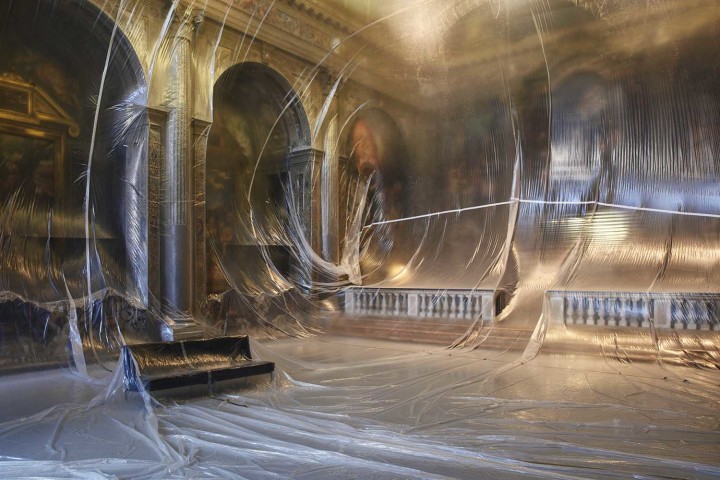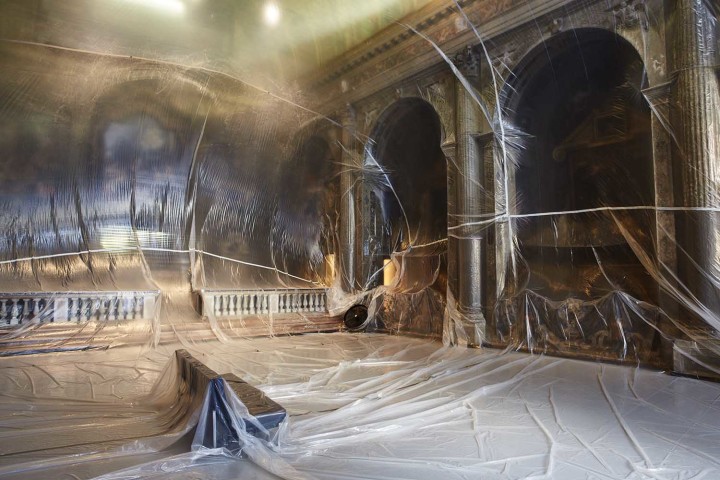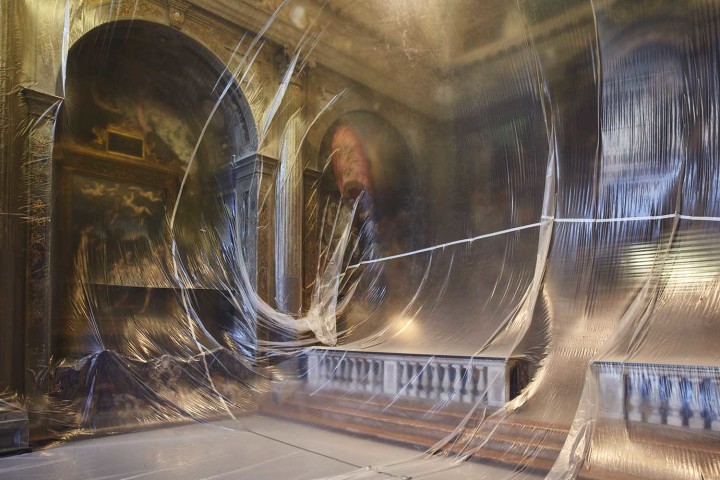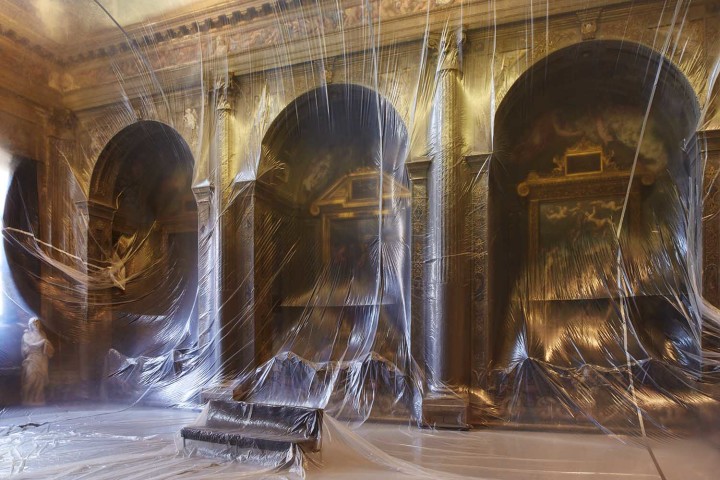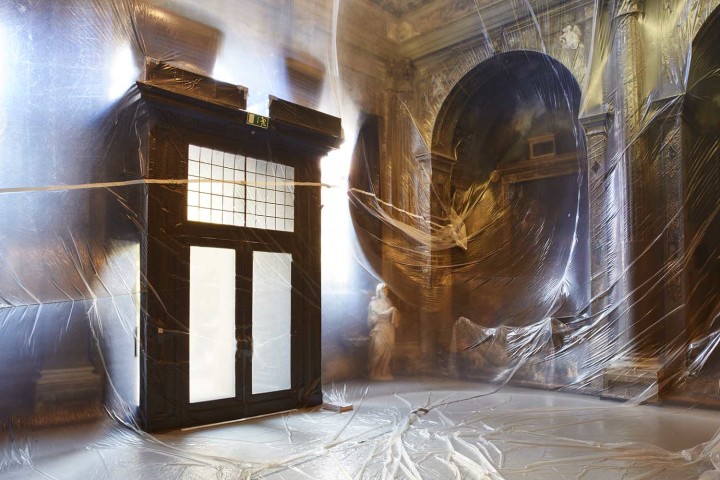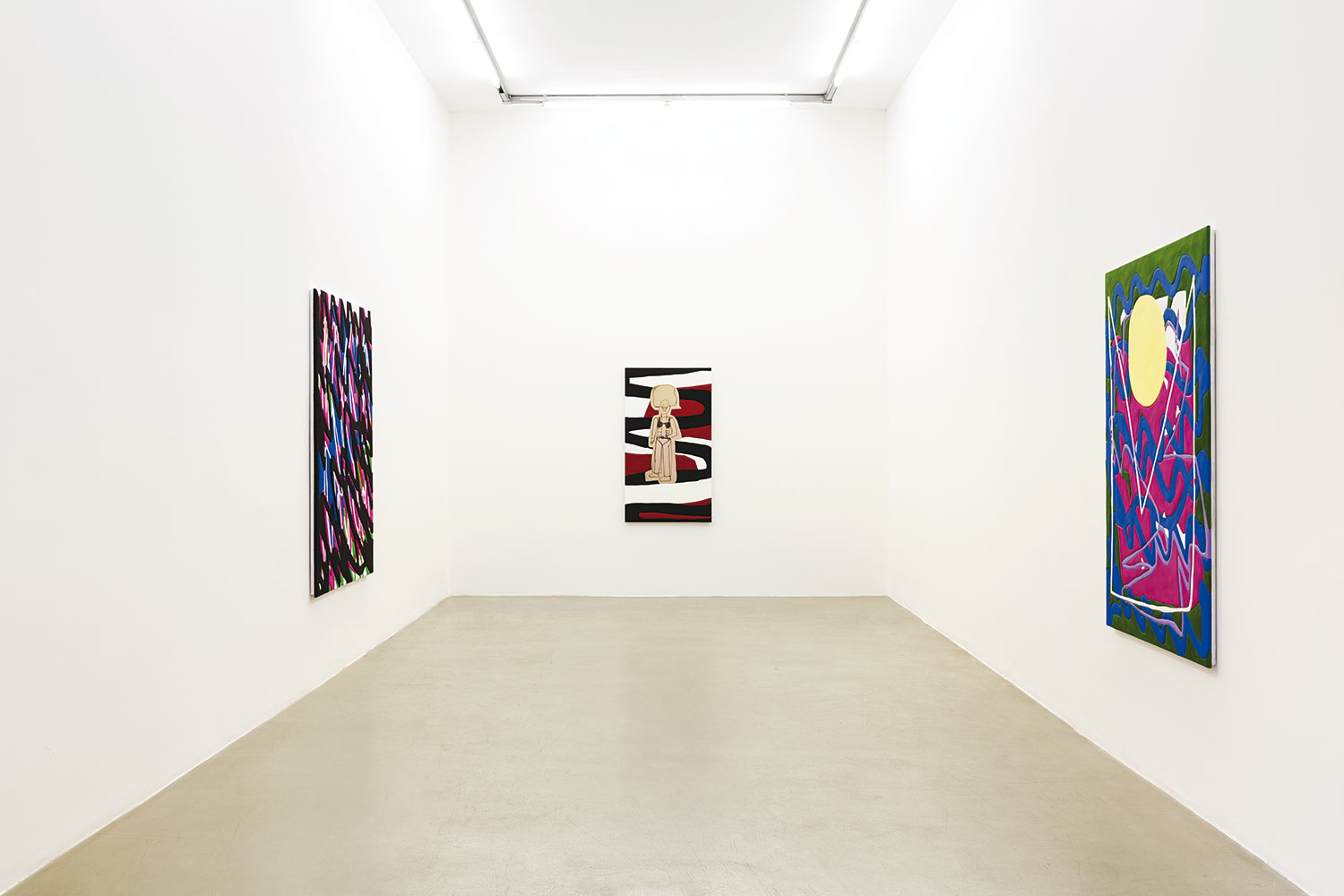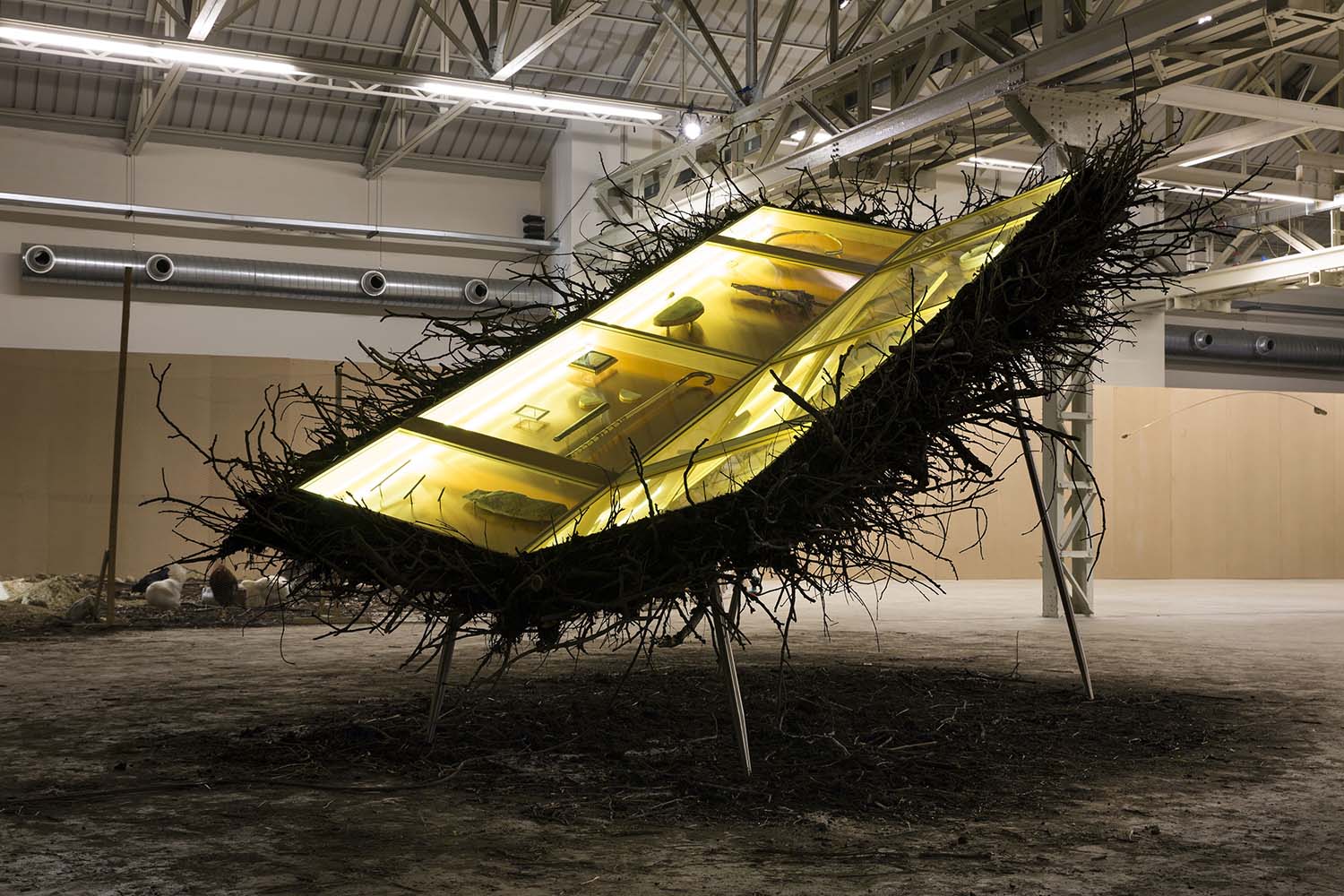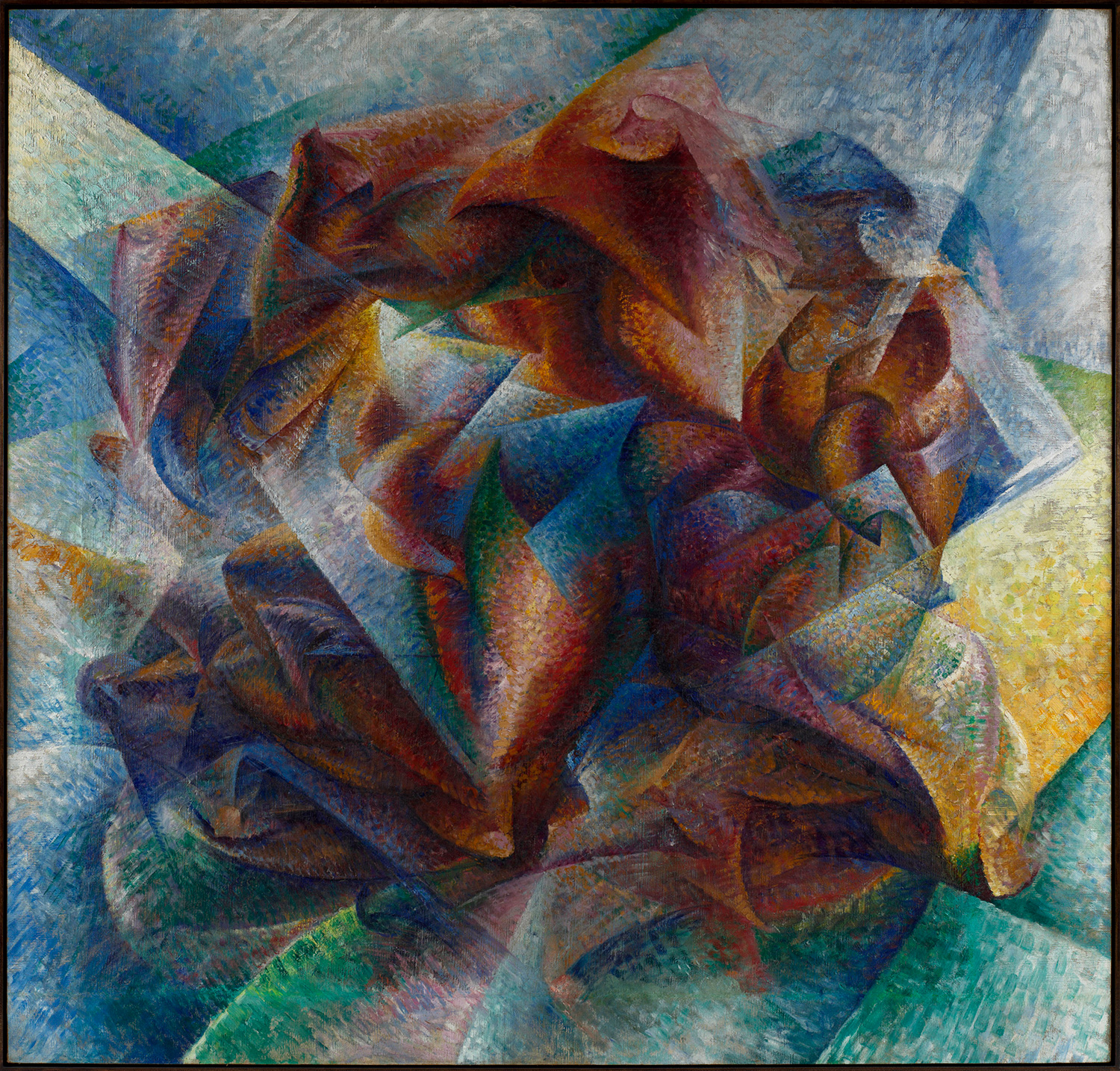The church of San Paolo Converso, whose west end has been newly inaugurated as an exhibition space by Franco Mazzucchelli’s (b. 1939) intervention, has served numerous functions since its sixteenth-century construction: a storage depot, a concert hall, a recording studio and also currently an architect’s office. Here, the artist’s monumental polyethylene inflation swells into every cavity of space: a model of soft sculptural critique more than fifty years on from his first inflatables.
San Paolo’s side chapels and sanctuary, so clearly delineated when their crisp baroque curves are exposed, are now muffled and shrouded by the opaqueness of the material, undermined of functional relevance: the definition of mediated, restricted experience. White lines segment the structure, aerated by a large industrial fan into a throbbing, almost larval body, whose motion and dimensions shift and distend with the introduction of real human bodies within. This was always the public space of the church, a chapel for lay worshippers walled off from the convent next door. Consequently, Mazzucchelli’s “riappropriazione” of a public space with a long history of appropriation comes across less as an assault on an institution per se than as an embodiment of our collective uncertainty about how public spaces should function in a world where experiences have turned increasingly inward.
Wriggling through the compromised building’s structure to a vantage point at the top, the inflation fails to threaten the original frescoes by Giulio and Antonio Campi. These works of illusionism were once designed to extend the real experience of architectural space into a heavenly projection beyond; yet in the context of this exhibition their form and meaning are distant abstractions. Mazzucchelli’s interventions were always rooted in a spirit of collective socialization, toward a colonization of space free from class, gender and racial distinctions. Now, as we look around at one another in search of new meanings, encased in our collective shroud, we are left to question our augmented reality.

